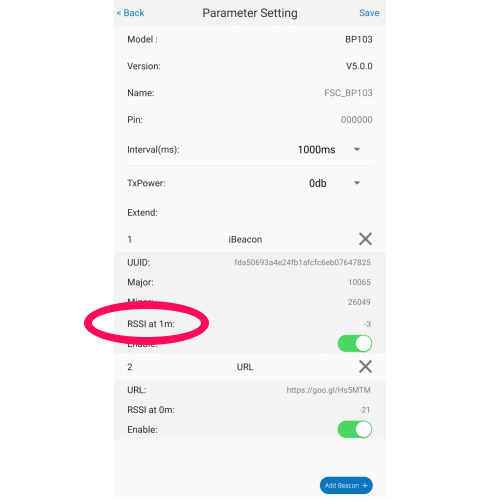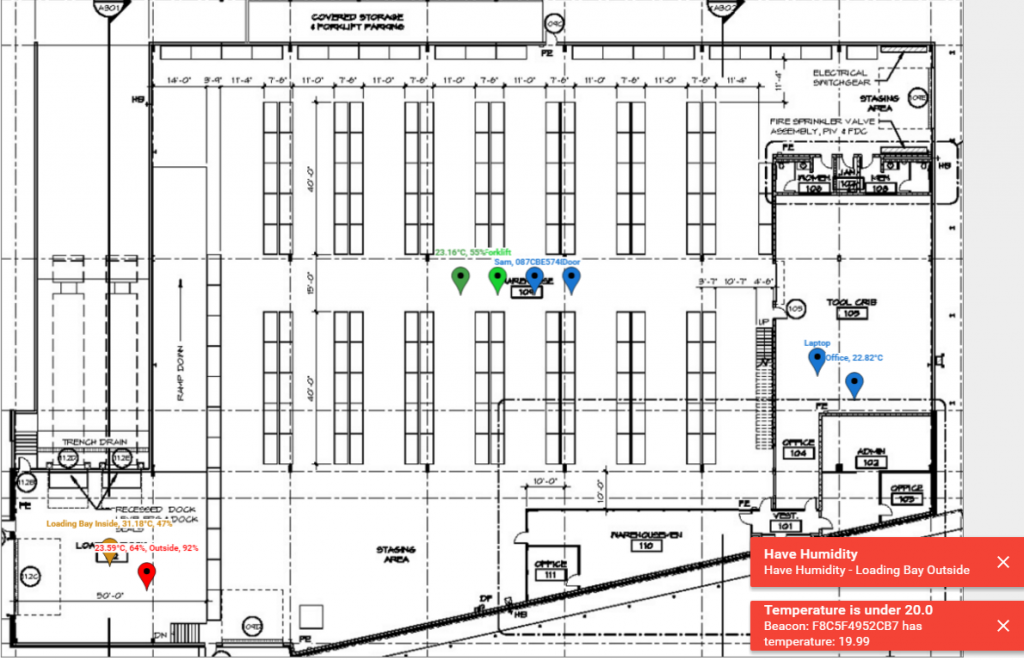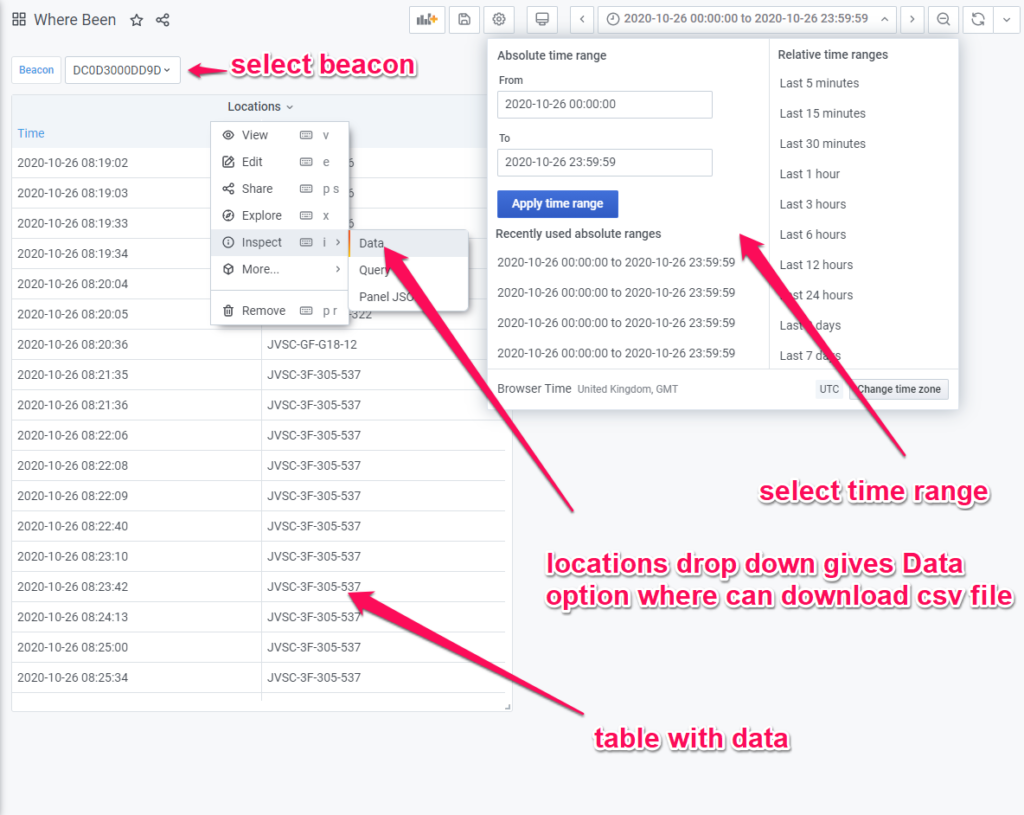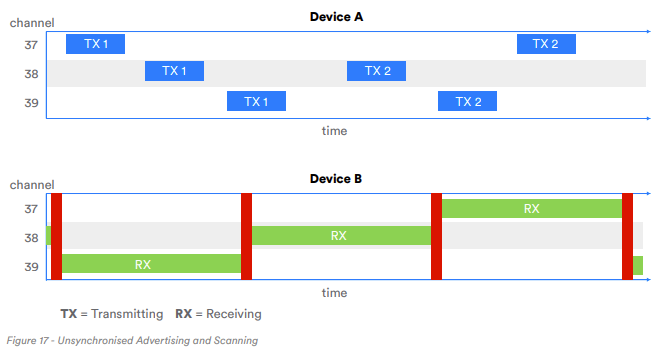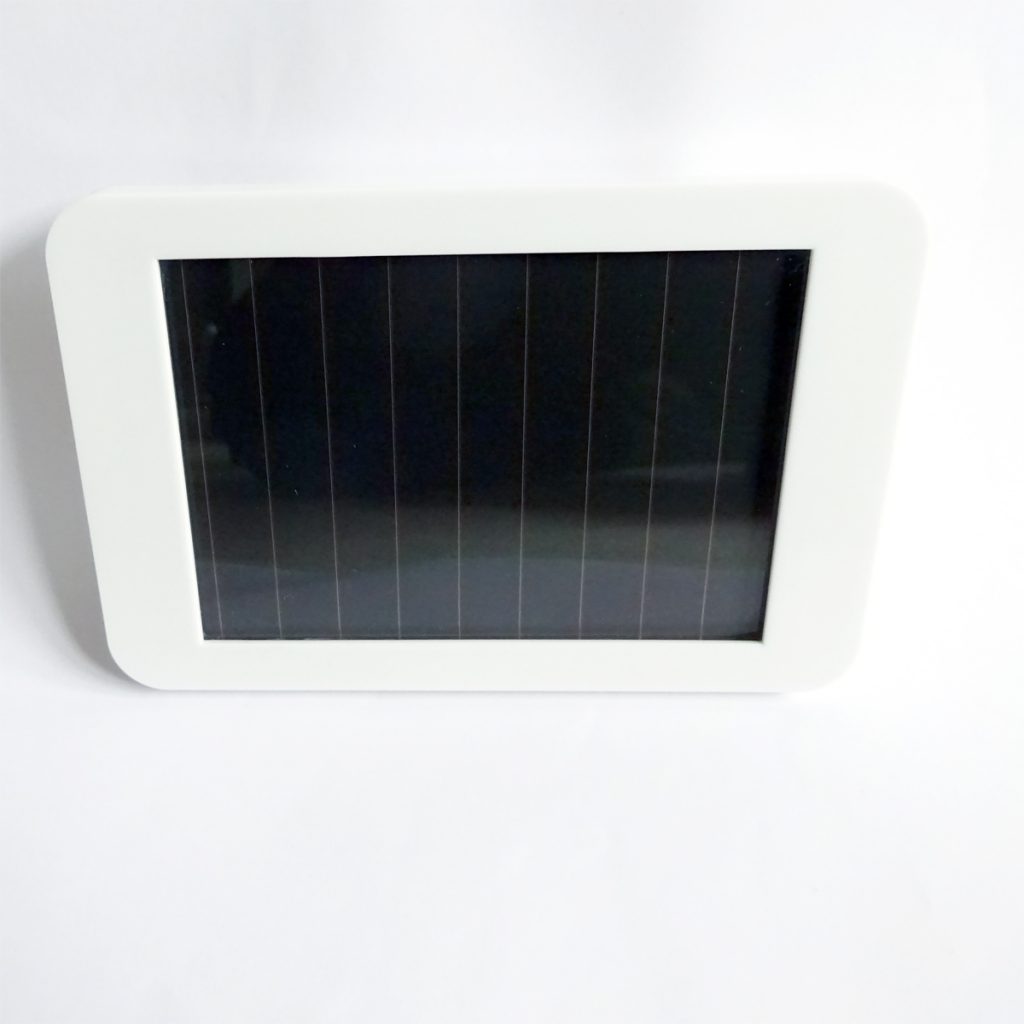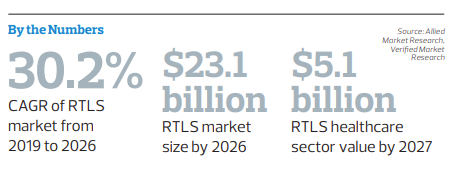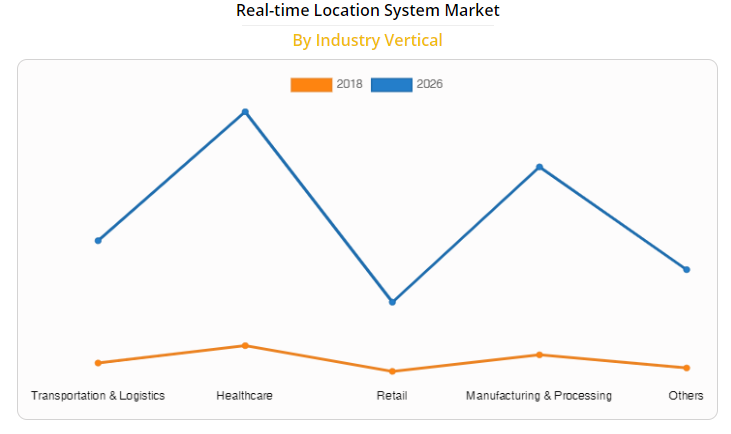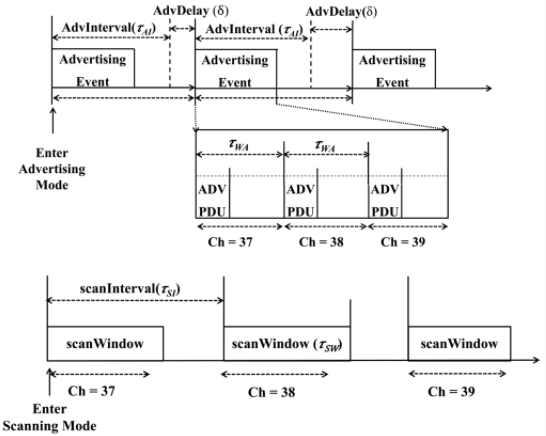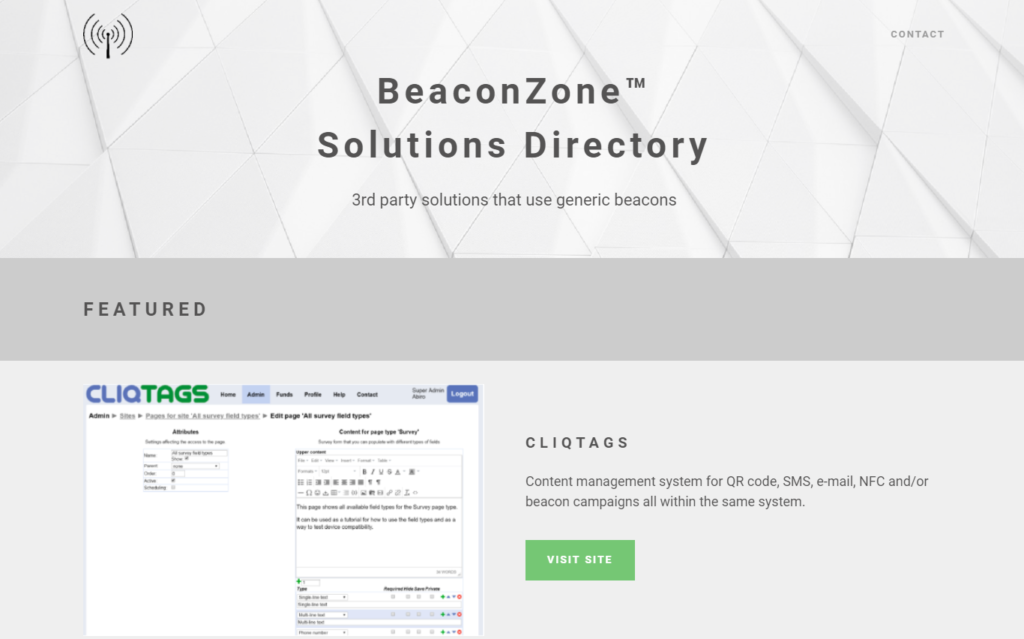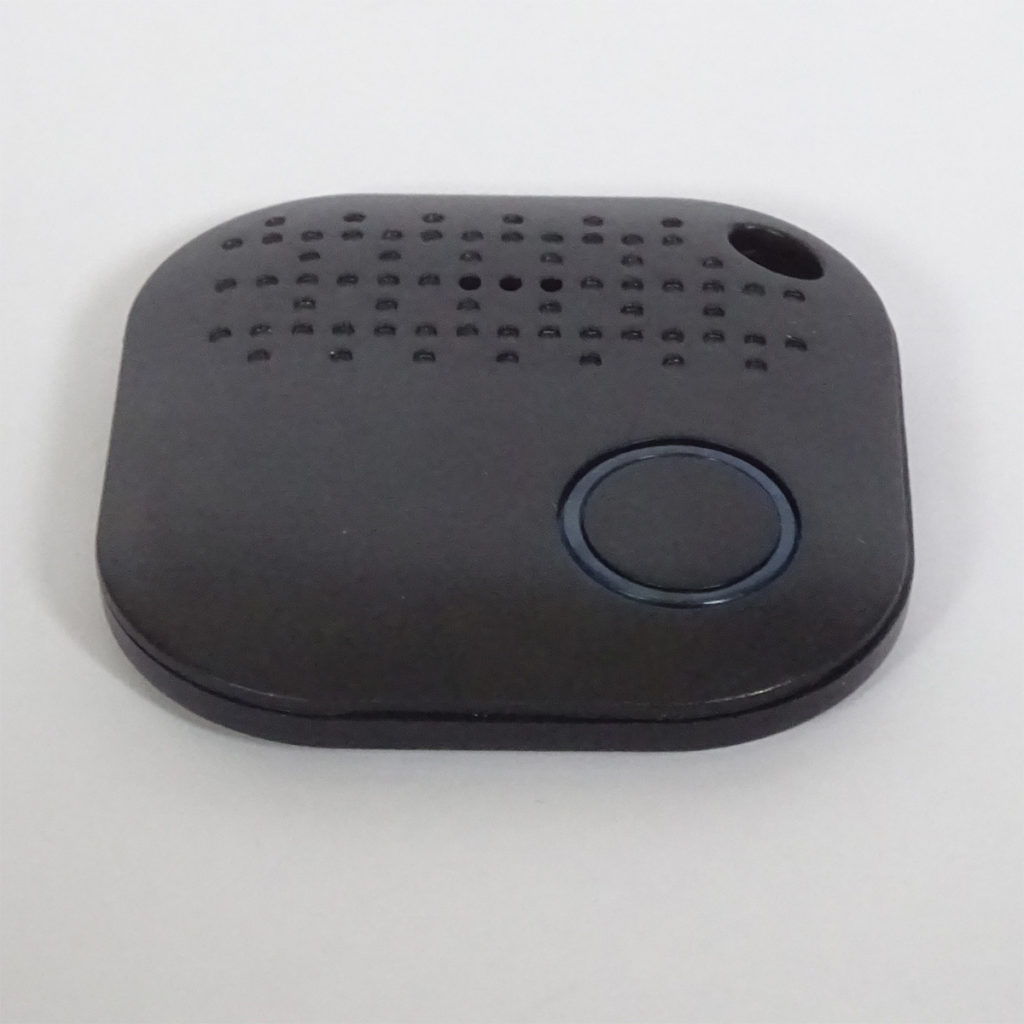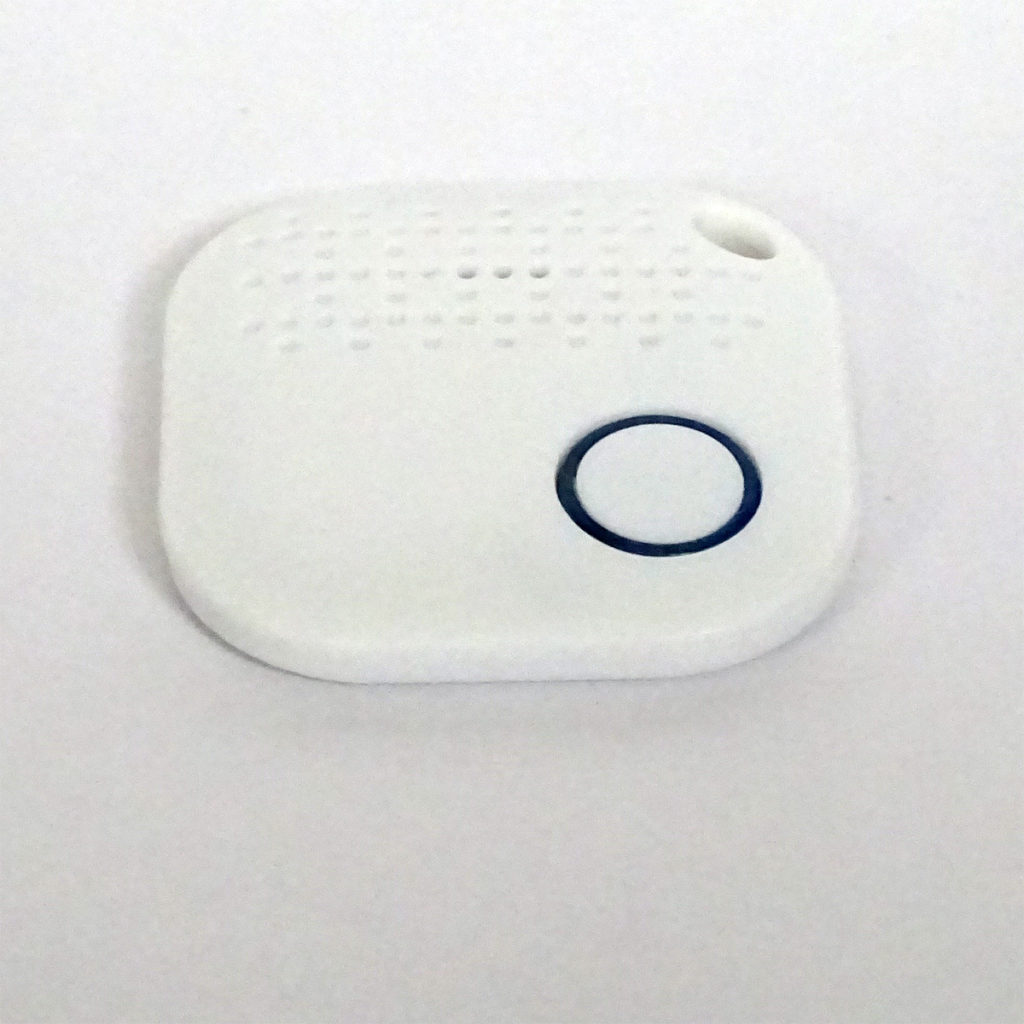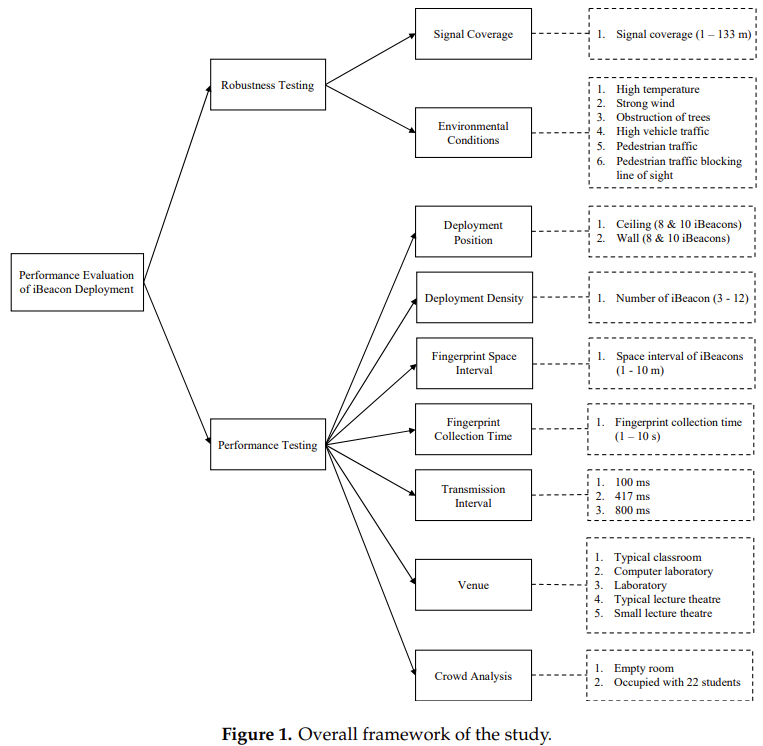The recent Nordic Semiconductor wireless quarter magazine contained an article on positioning and real time locating systems (RTLS). RTLS is experiencing growth:
RTLS detects the position of people and assets in real time. Tags are attached to people or assets and the radio signals from the tag allow the location to be determined. The real time aspect is important because it provides the current position automatically, unlike barcode scans and and NRF tags that are only as up to date as the last successful scan. With older, manual, systems, people are lazy and forget to scan.
A complete RTLS system comprises of readers, tag/sensors, application software and communications/network infrastructure.
Asset tracking is being used in industry verticals such as healthcare, defence, education and manufacturing. It commonly tracks tools, equipment, pallets, sub-assemblies, jobs and completed goods.
People tracking has tended to be used more in education and health where the security of individuals is more important than privacy concerns related to tracking people.
RTLS growth is being driven by the benefit of real time tracking allowing processes to be much more efficient. Effort and time is saved when things and people can be found quickly. Alerts notify abnormal conditions to provide for proactive actions. Reports track long term trends to allow identification of patterns that can be used to change processes to improve efficiency.
Bluetooth is popular for use with RTLS because tags and readers are inexpensive compared to other technologies. Bluetooth also works indoors where GPS fails. Unlike other technologies, Bluetooth LE tags have a long battery life of up to several years. There are also tags that perform sensing and Bluetooth LE is suitable for use in electrically noisy environments. Bluetooth also integrates with Bluetooth LE devices such as smartphones, tablets, laptops and desktops.
At Beaconzone we are seeing two new trends in use of RTLS. The first is using RTLS for multiple purposes. Customers often come to us wanting to solve a particular problem but later find the RTLS has a multitude of uses and benefits. This is where a closed solution offering, for example, a lone worker solution, won’t be so flexible.
Established real-time location system market players are shifting from closed solution offerings to including best-in-breed components in application layer
Allied Market Research
The second trend, brought on by Covid, is the tracking of office workers. What might have used to be seen as an invasion of privacy is now being seen as an essential way to monitor room occupancy and determine who has been in the same room as someone else when a person tests positive for Covid.
Read about BeaconRTLS
Read about BluetoothLocationEngine™
